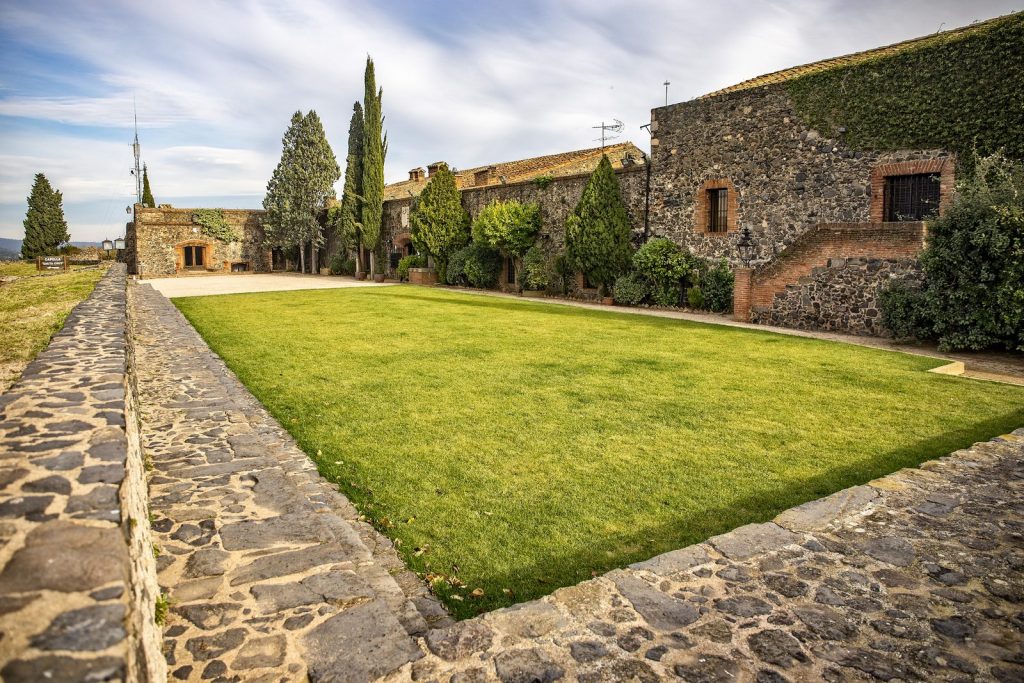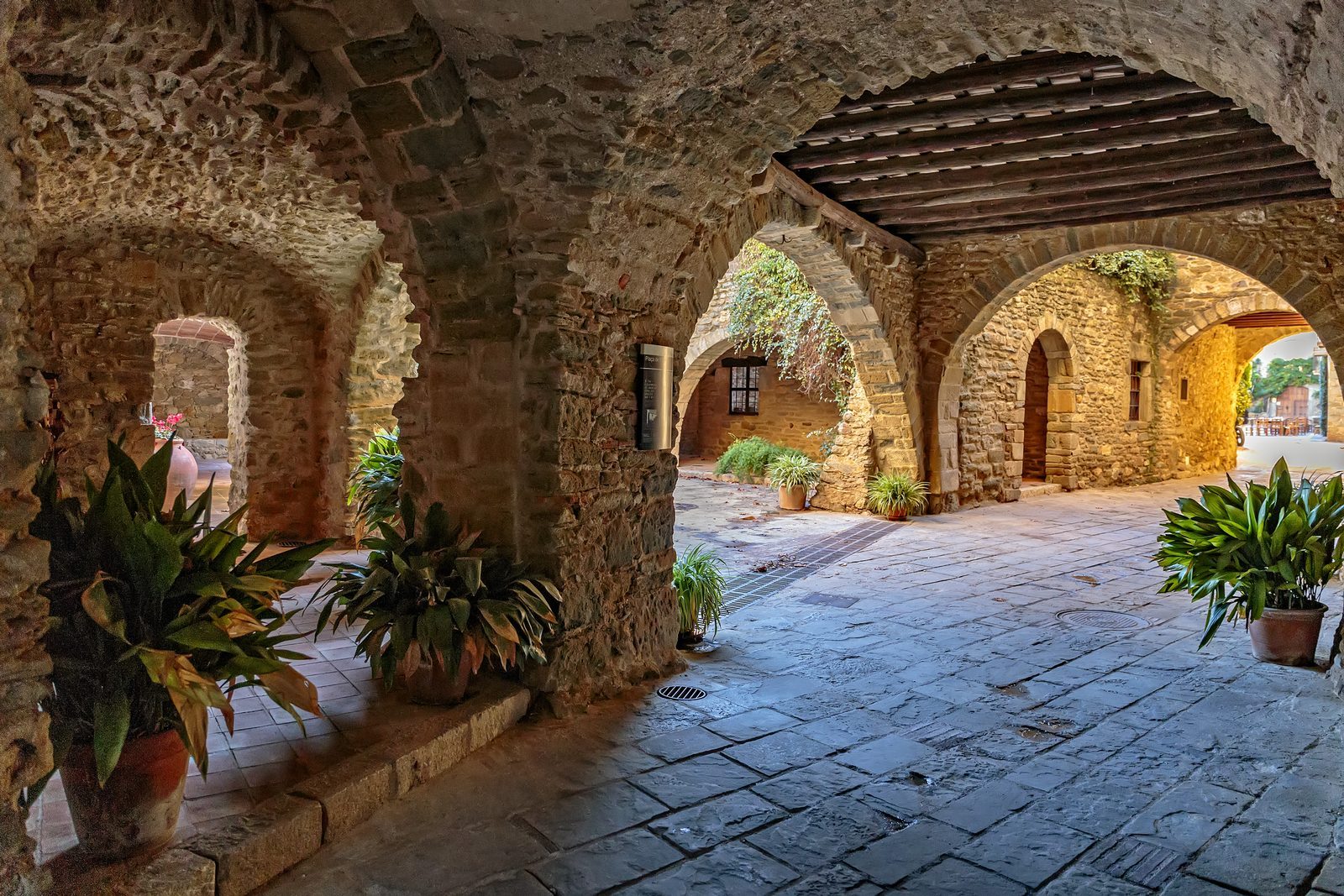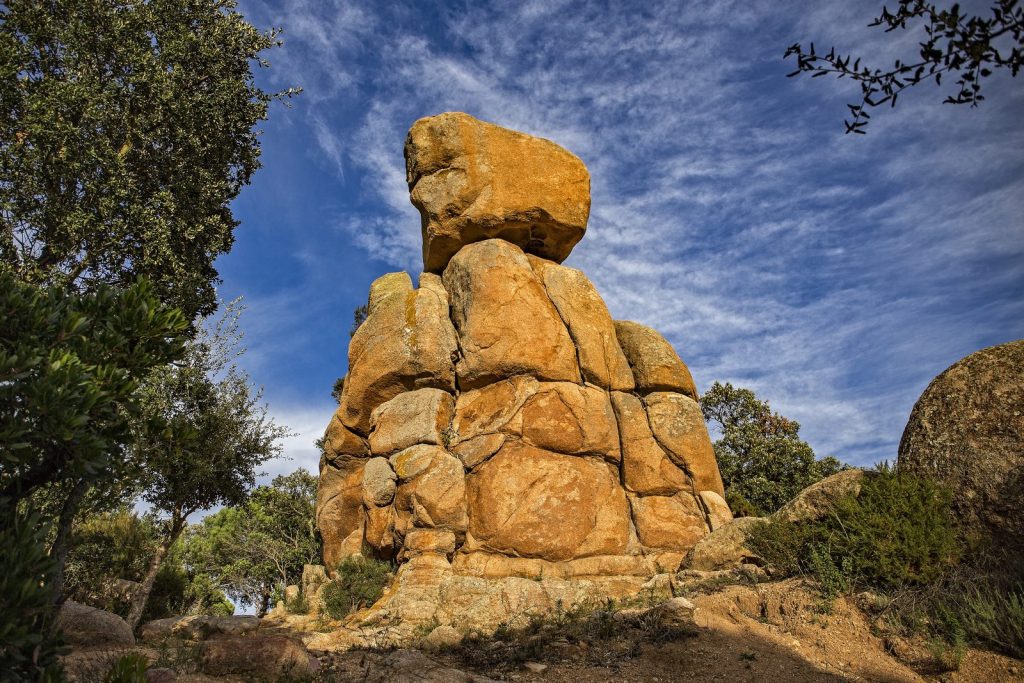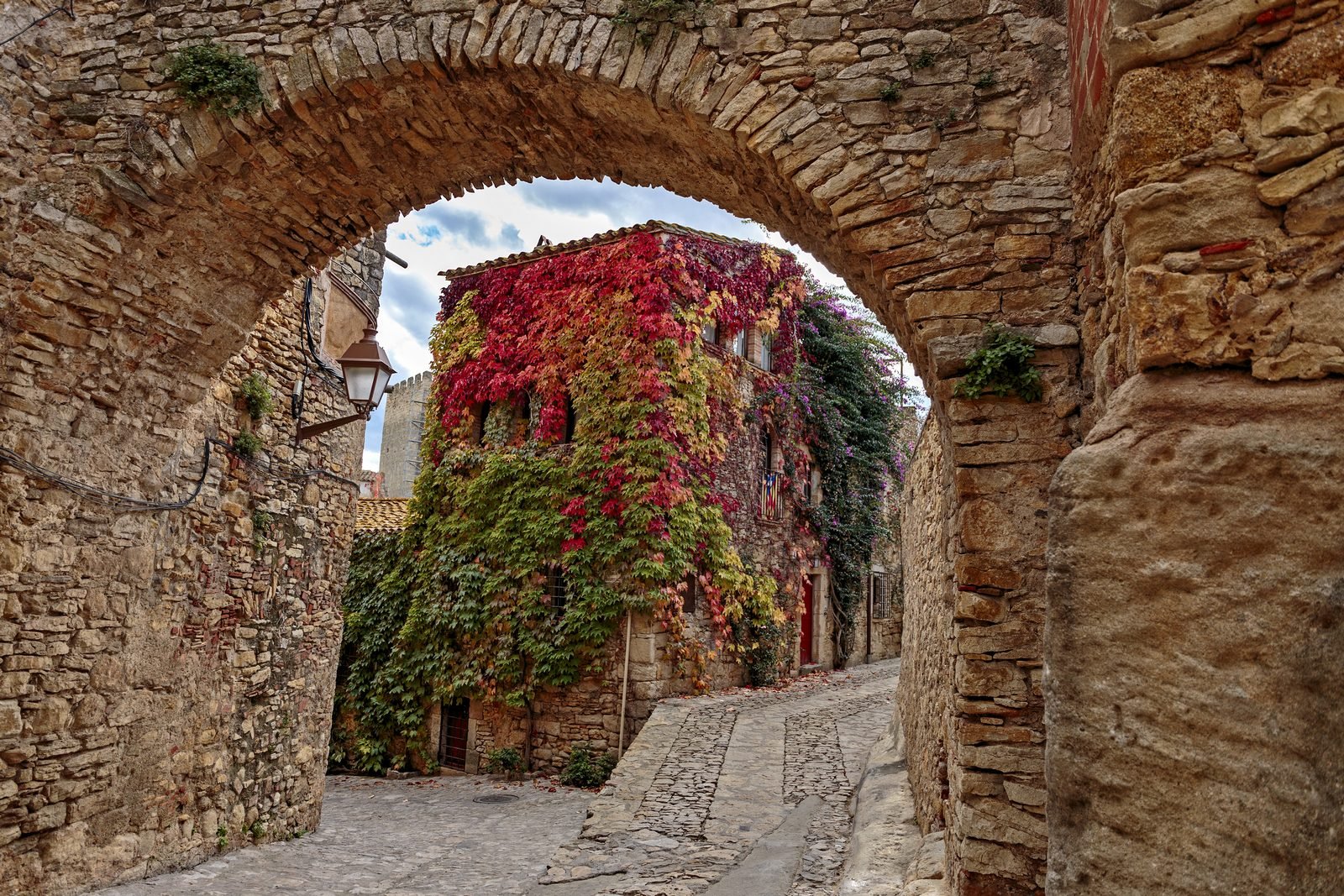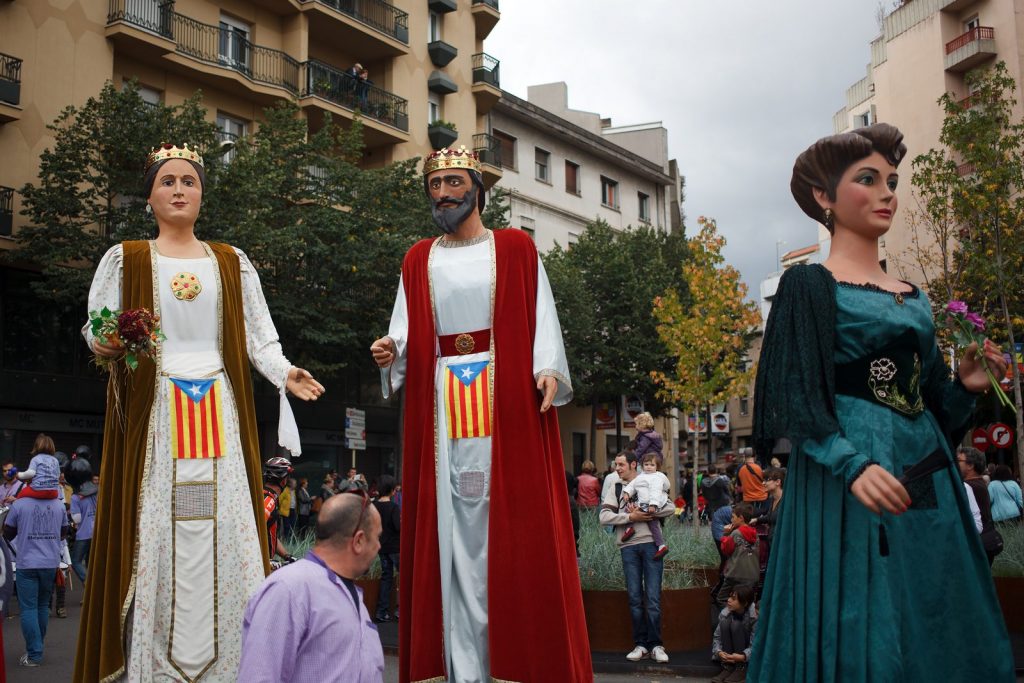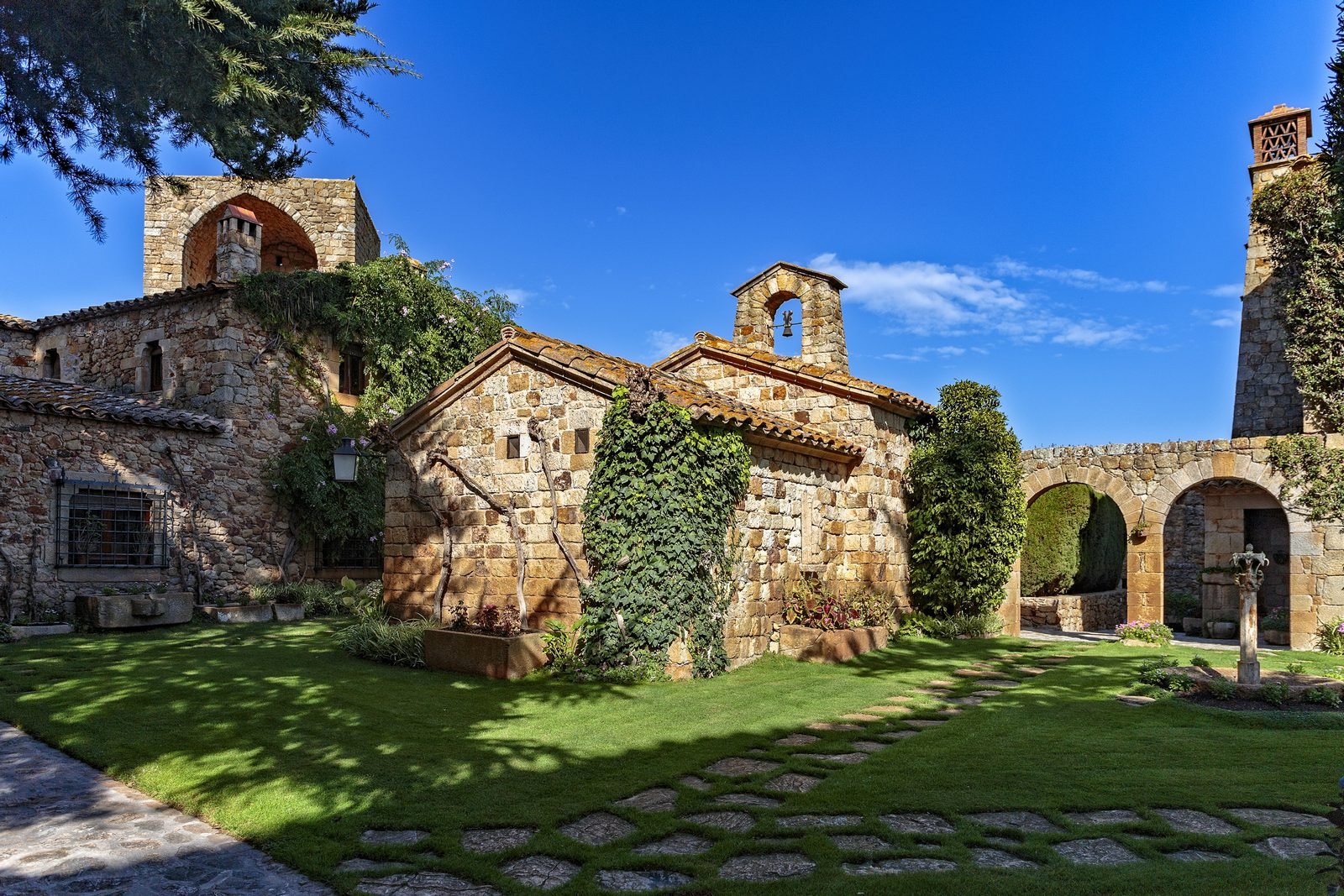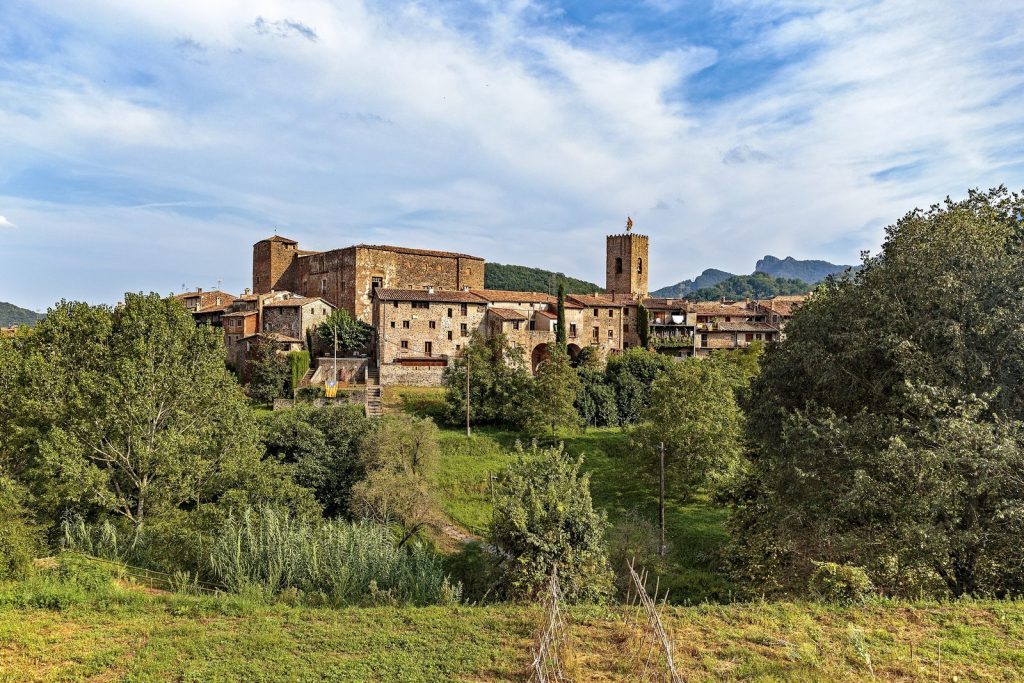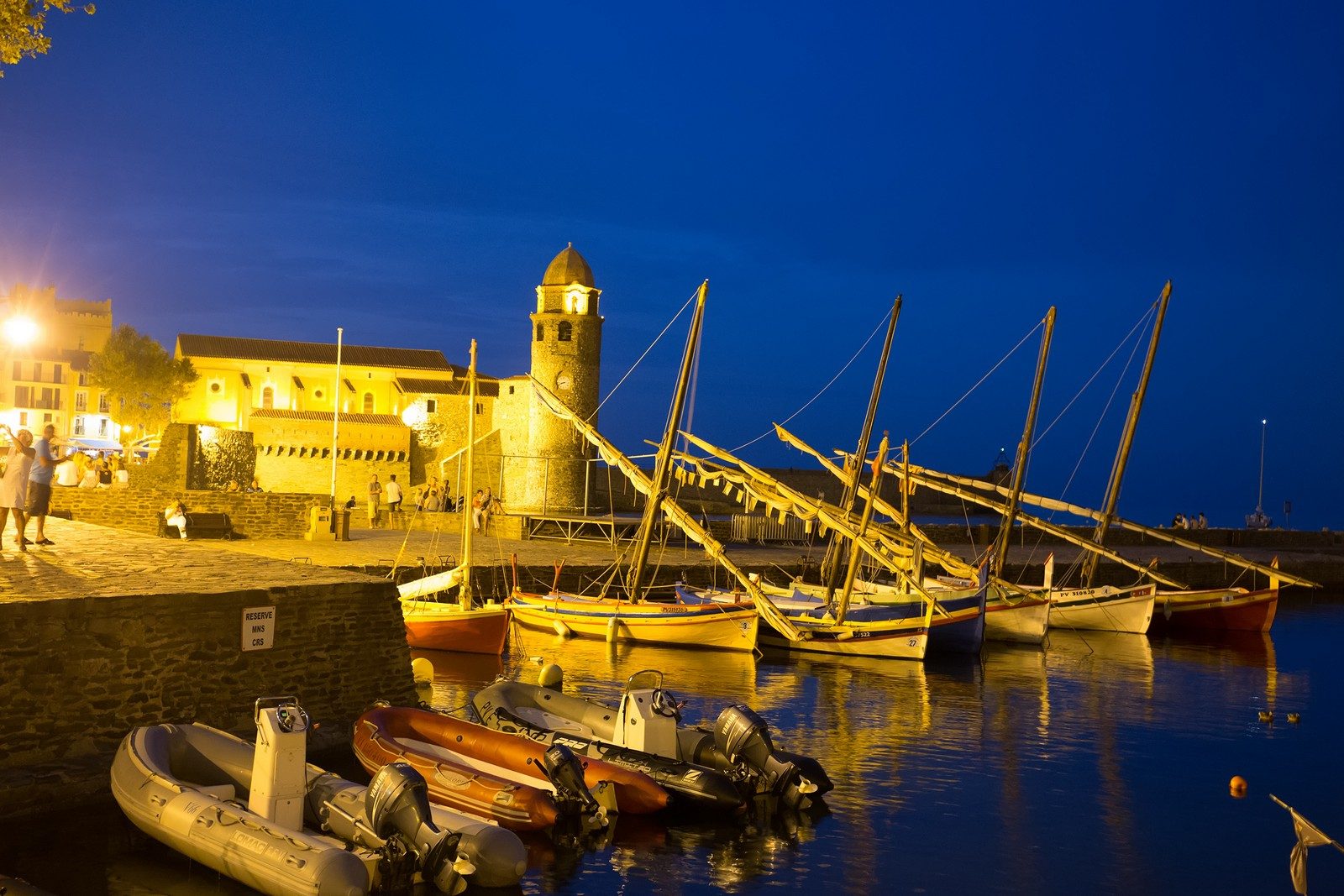
Live nativity scenes in Castell d’Aro.
Having received an incredible charge of impressions after visiting the traditional Catalan live nativity scenes (Pessebra Vivent in Catalan) in Pals, we hurried to see a similar performance that takes place close to our home – in the medieval part of the city of Castell d’Aro and on the bank of a creek flowing nearby. As it turned out, the local performance is one of the oldest in Catalonia, it has been held since 1959.
Unlike in Pals, the participants of the performance are separated from the audience and depict scenes of the rural life of the time of Christ’s birth. And there is absolutely a complete impression that, contrary to all church canons, Jesus was born here, in Catalonia😃.
We invite you to make a short virtual walk and to enjoy live nativity scenes in Castell d’Aro.
Read more

 Русский
Русский
 Français
Français
 Español
Español
 English
English
 Català
Català

